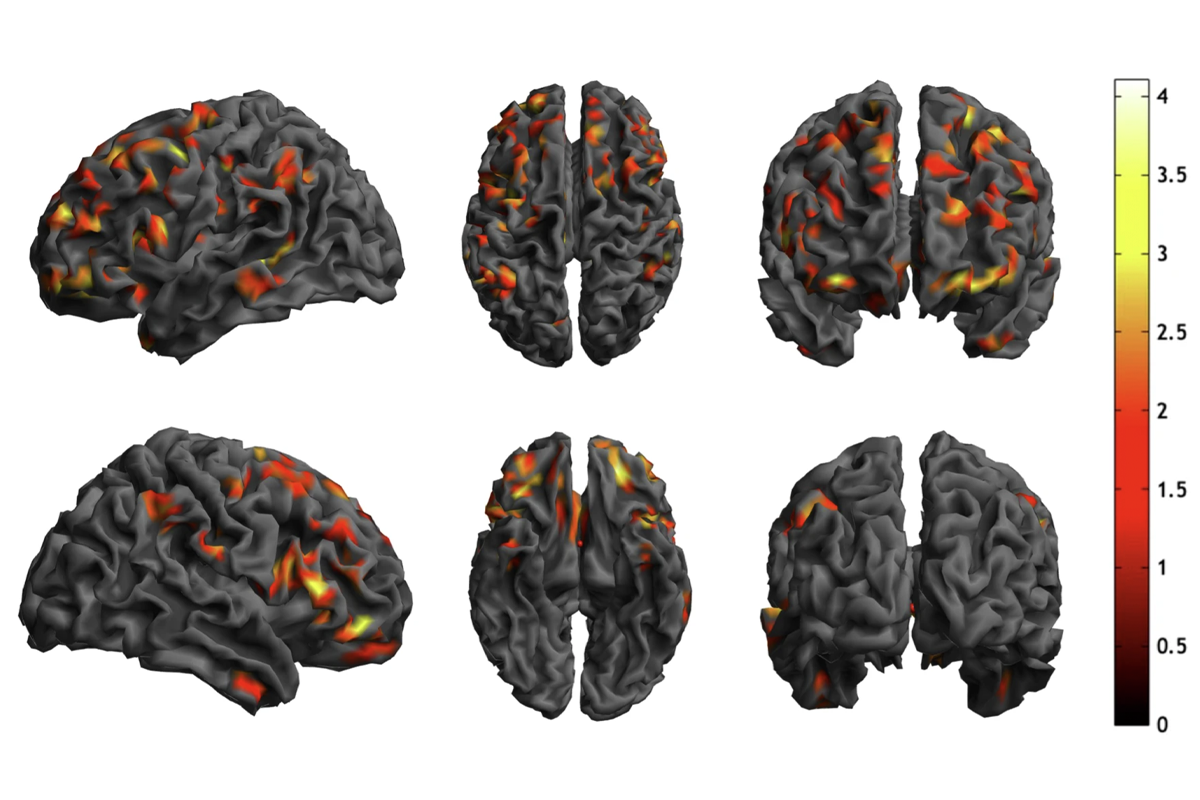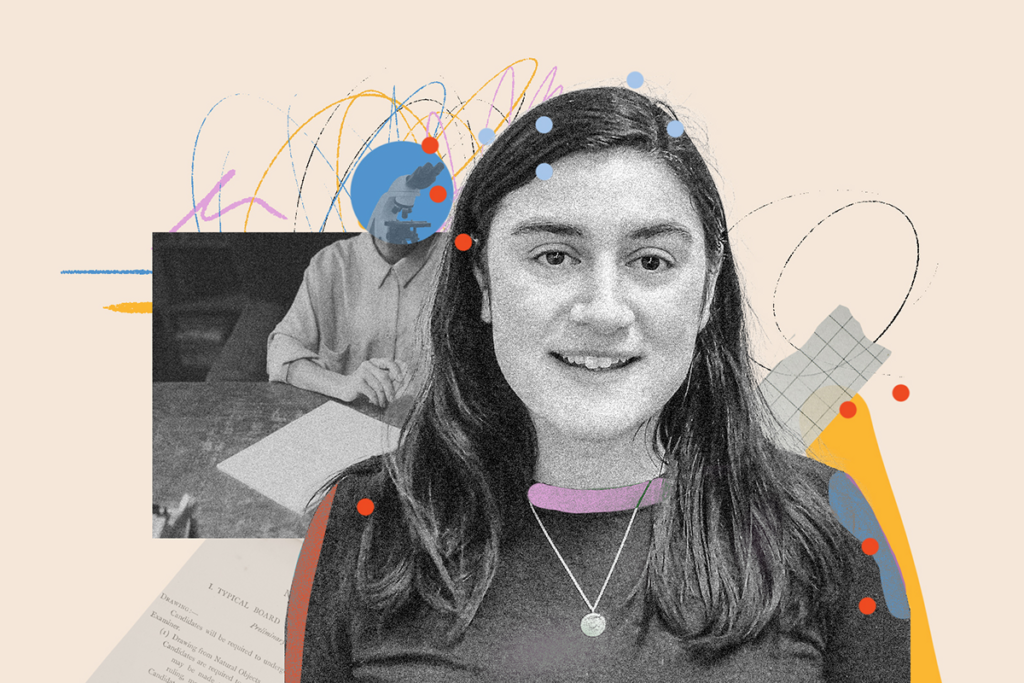- In mice, SYNGAP1 haploinsufficiency affects indirect neuronal pathways in the striatum more than direct pathways. Spectrum covered the state of the science of SYNGAP1 last year. Journal of Neuroscience
- The timing of neurodevelopmental gene expression, derived from single-cell atlases, is a cell-specific and dynamic process. Experimental & Molecular Medicine
- People with 3q29 deletion syndrome, which is linked to neurodevelopmental conditions, have global deficits in executive function that do not correlate with IQ scores. Psychological Medicine
- Neuronal synapses in autistic adults have reduced density, as measured with PET scans, and lowered synaptic density correlates with a greater number of autistic features. Spectrum recently reported on the altered balance of excitatory and inhibitory synapses in autism. Molecular Psychiatry
SYNGAP1; executive function; synaptic density
Here is a roundup of autism-related news and research spotted around the web for the week of 14 October.
By
Jill Adams
15 October 2024 | 2 min read

Counting connections: The density of neuronal synapses in autistic people is altered in many brain regions (colored areas) compared with that in nonautistic people.
- Autistic children and teenagers with anxiety are more likely to also have depression and problems with peers than are those without anxiety. Spectrum has covered differences in the fear centers of the brain in youth with autism and anxiety. BMC Psychology
- The presence and severity of autism traits may change throughout childhood. Social affect scores are most likely to improve, whereas restricted and repetitive behaviors are the most likely to stay the same. Spectrum has previously covered life trajectories in autism. Autism Research
tags:
Recommended reading

New organoid atlas unveils four neurodevelopmental signatures
By
Diana Kwon
17 December 2025 | 4 min read

Glutamate receptors, mRNA transcripts and SYNGAP1; and more
By
Jill Adams
16 December 2025 | 2 min read

Among brain changes studied in autism, spotlight shifts to subcortex
By
Holly Barker
11 December 2025 | 5 min read
Explore more from The Transmitter
Can neuroscientists decode memories solely from a map of synaptic connections?
By
Paul Middlebrooks
17 December 2025 | 1 min read

AI-assisted coding: 10 simple rules to maintain scientific rigor
By
Russell Poldrack
16 December 2025 | 7 min read

Frameshift: Shari Wiseman reflects on her pivot from science to publishing
By
Katie Moisse
15 December 2025 | 7 min read
Cite this article: